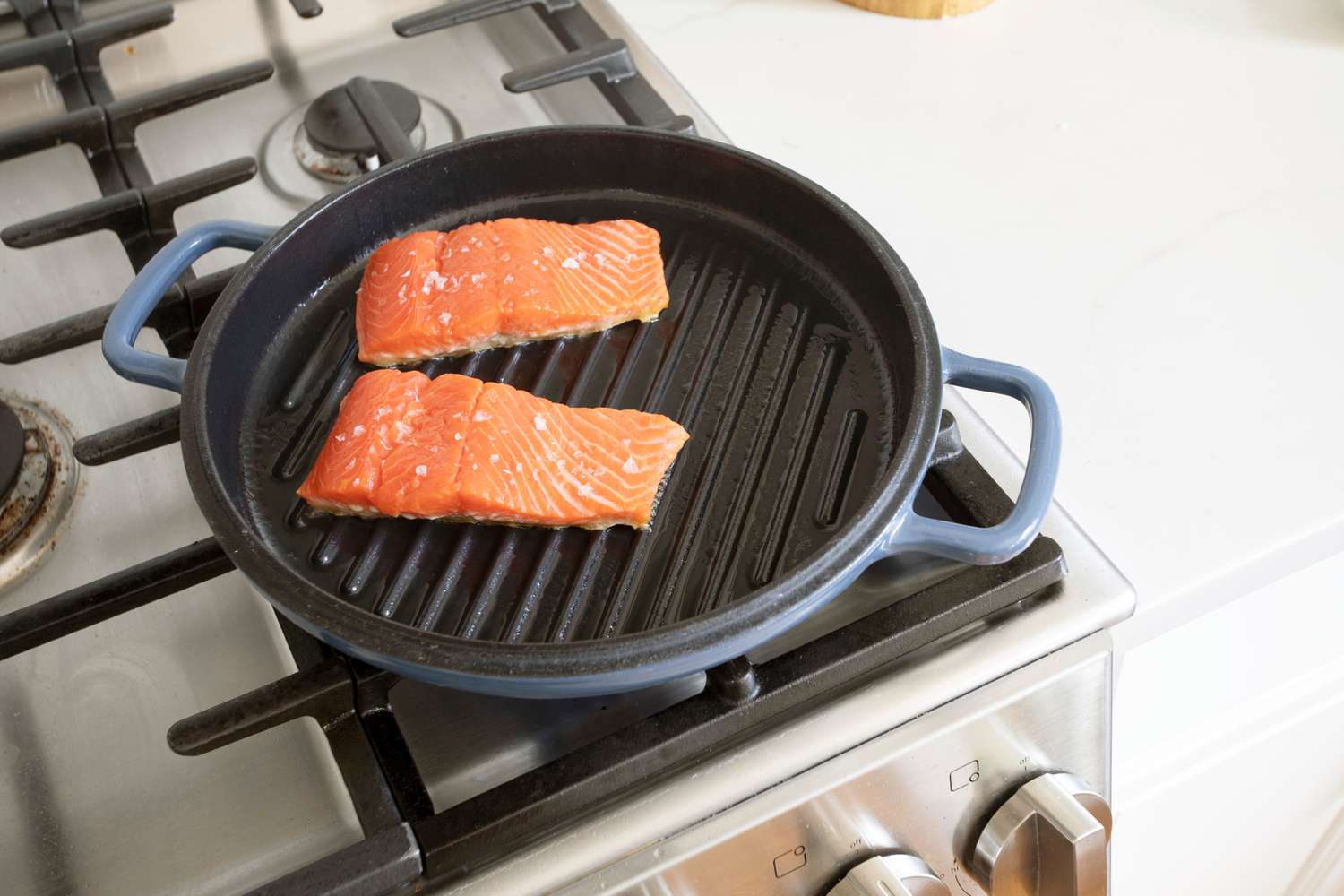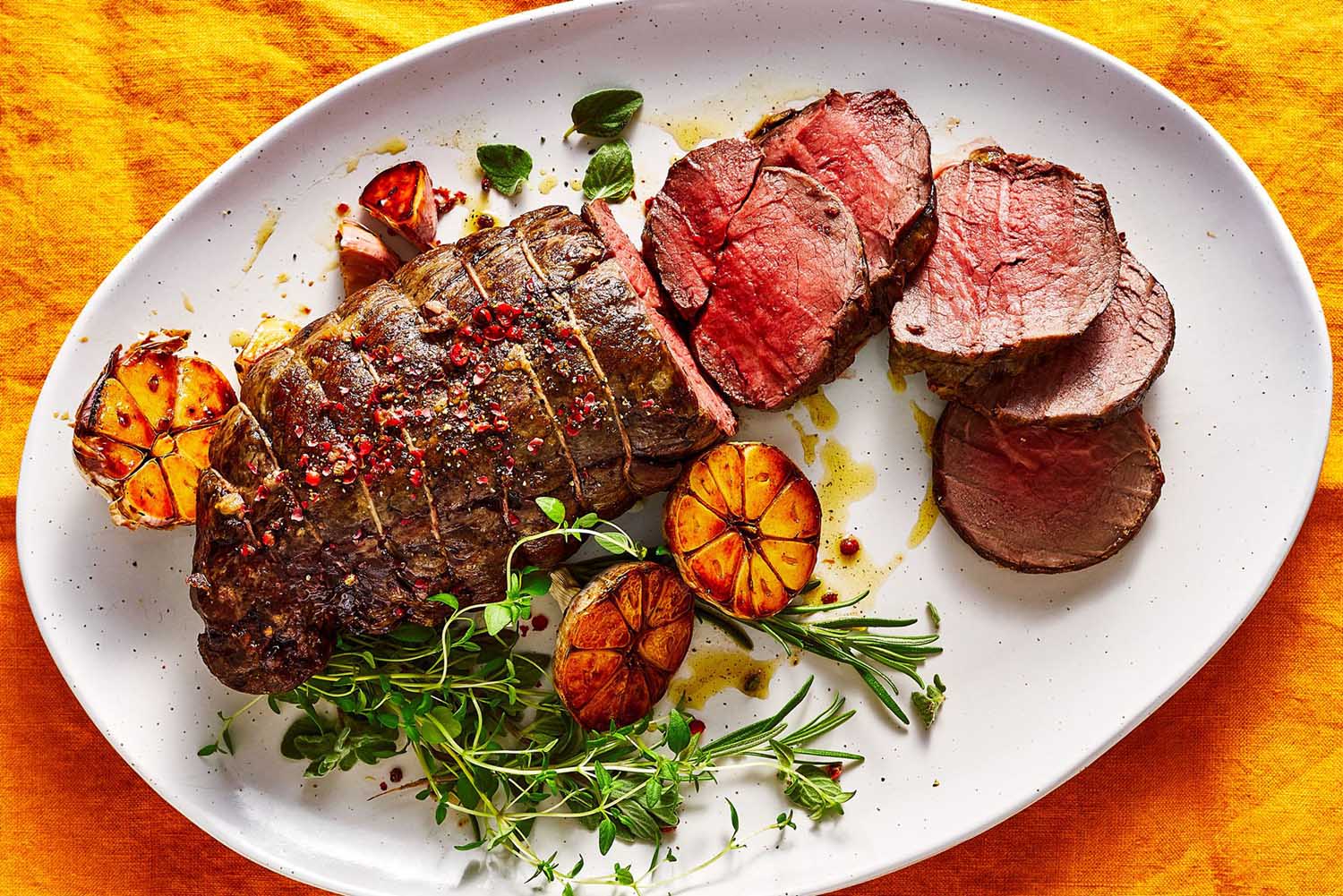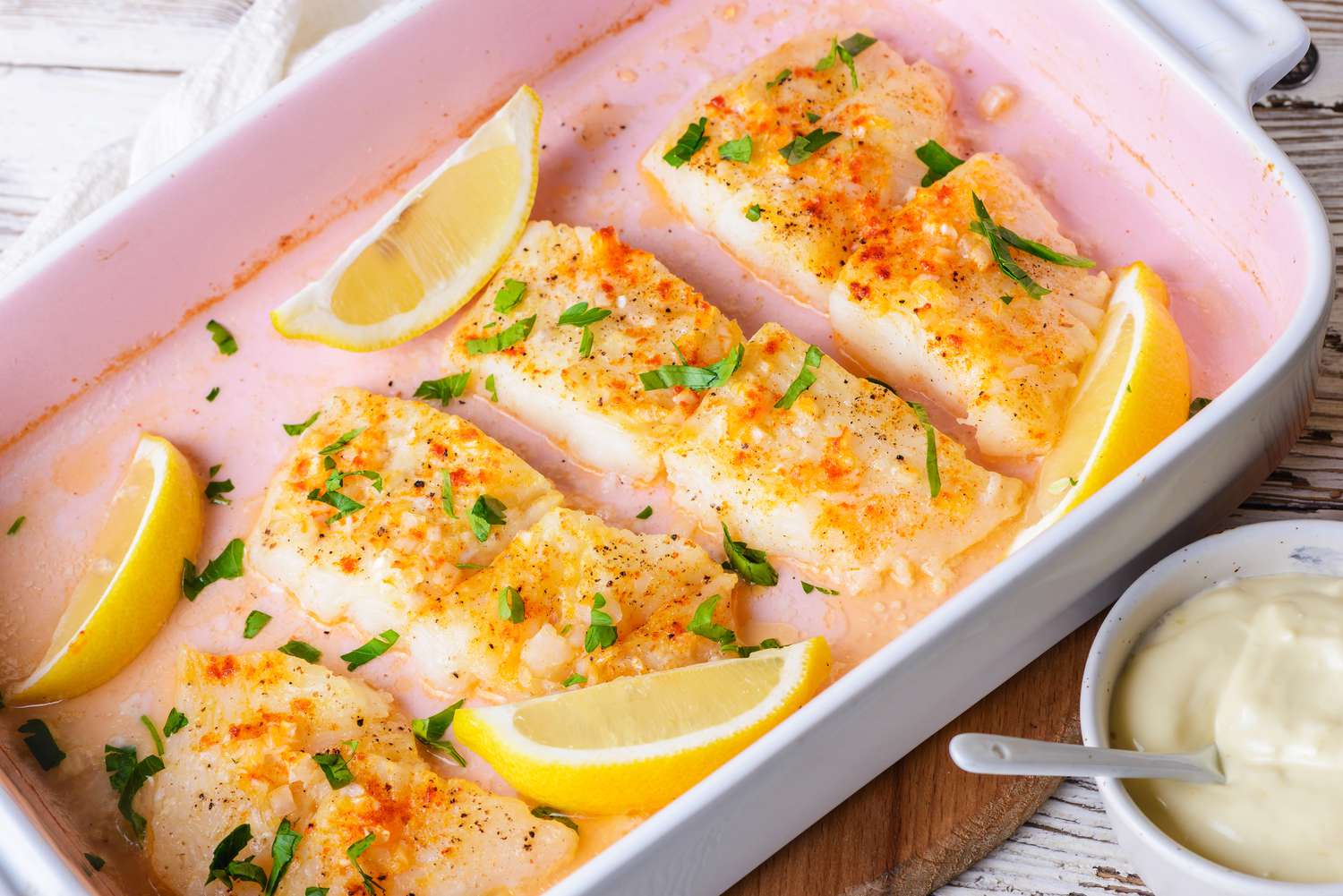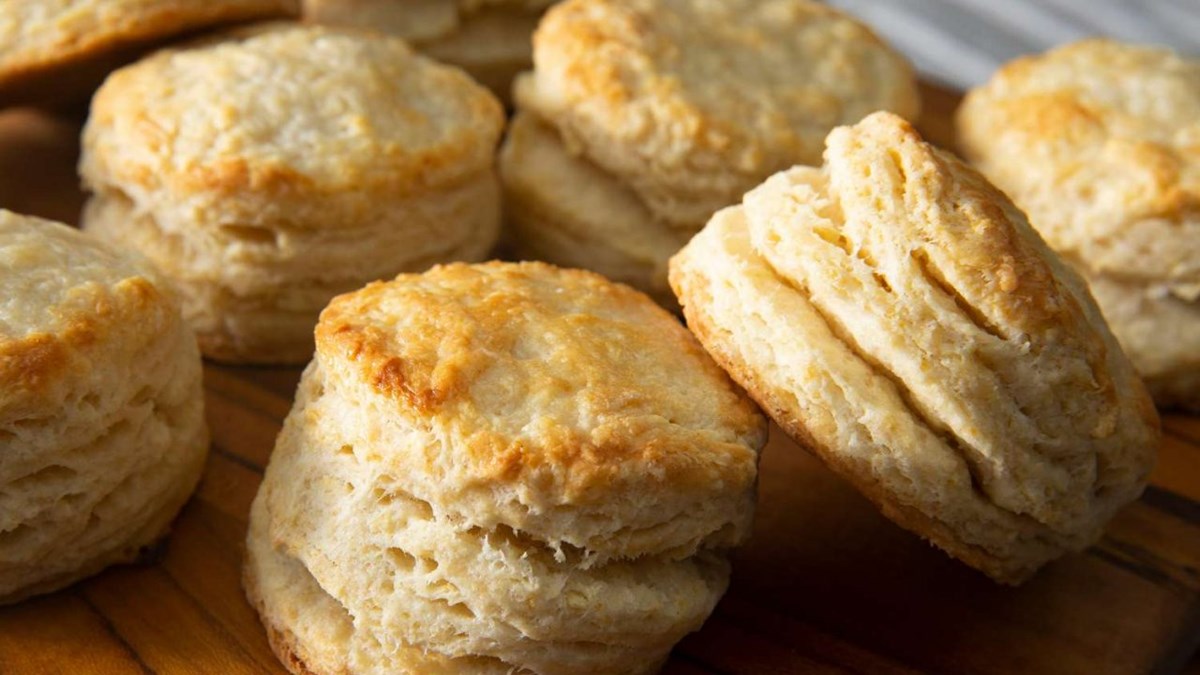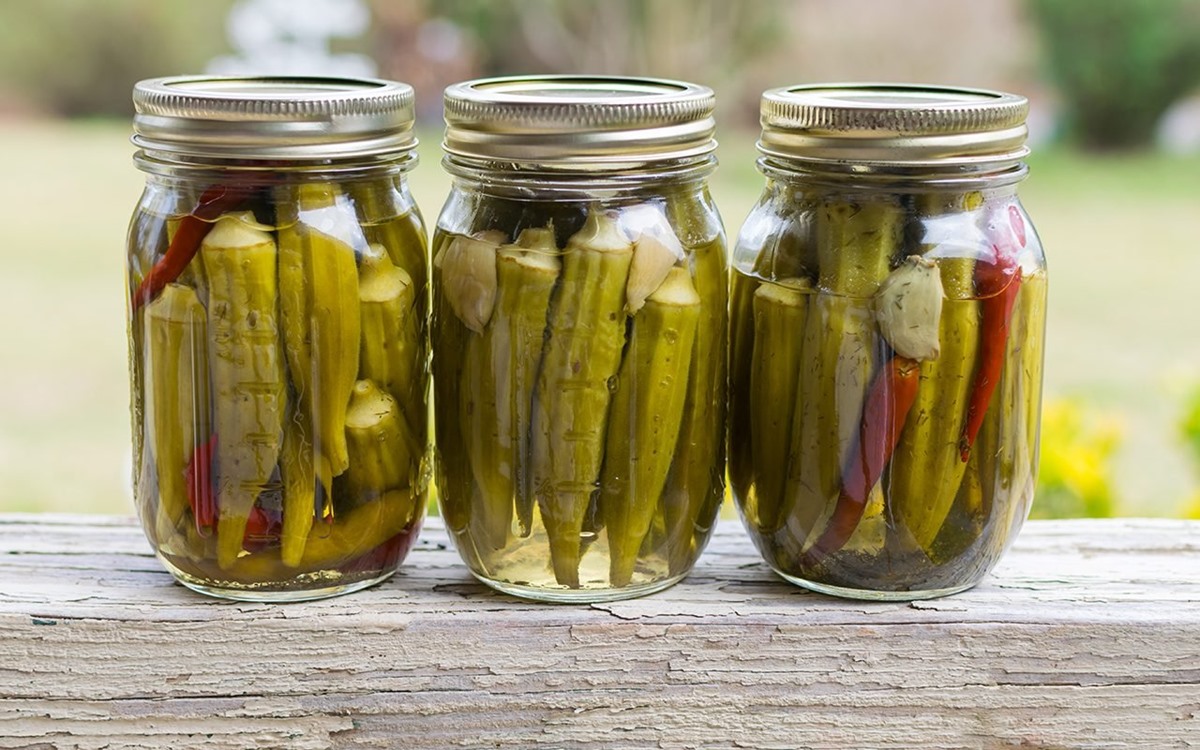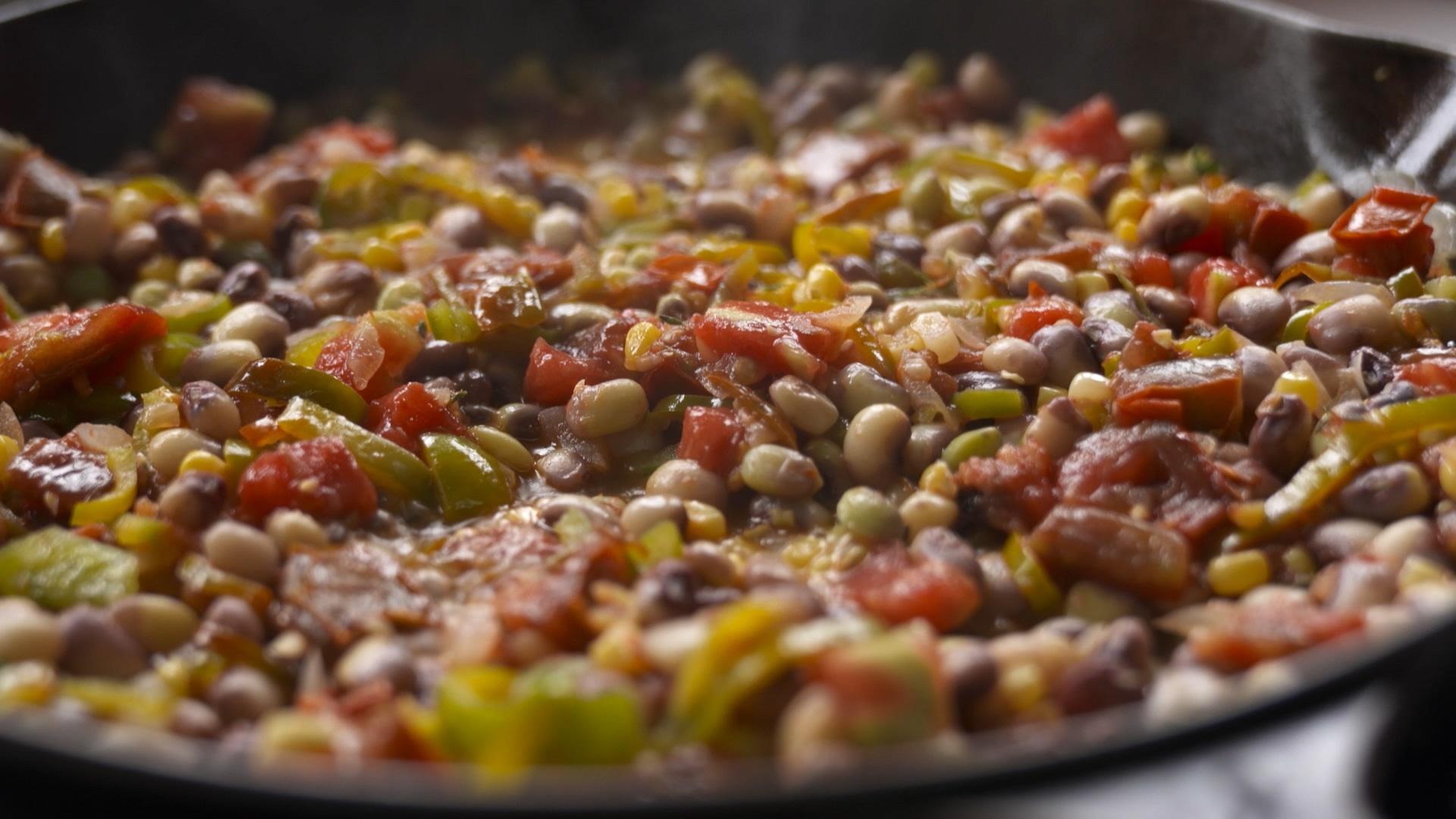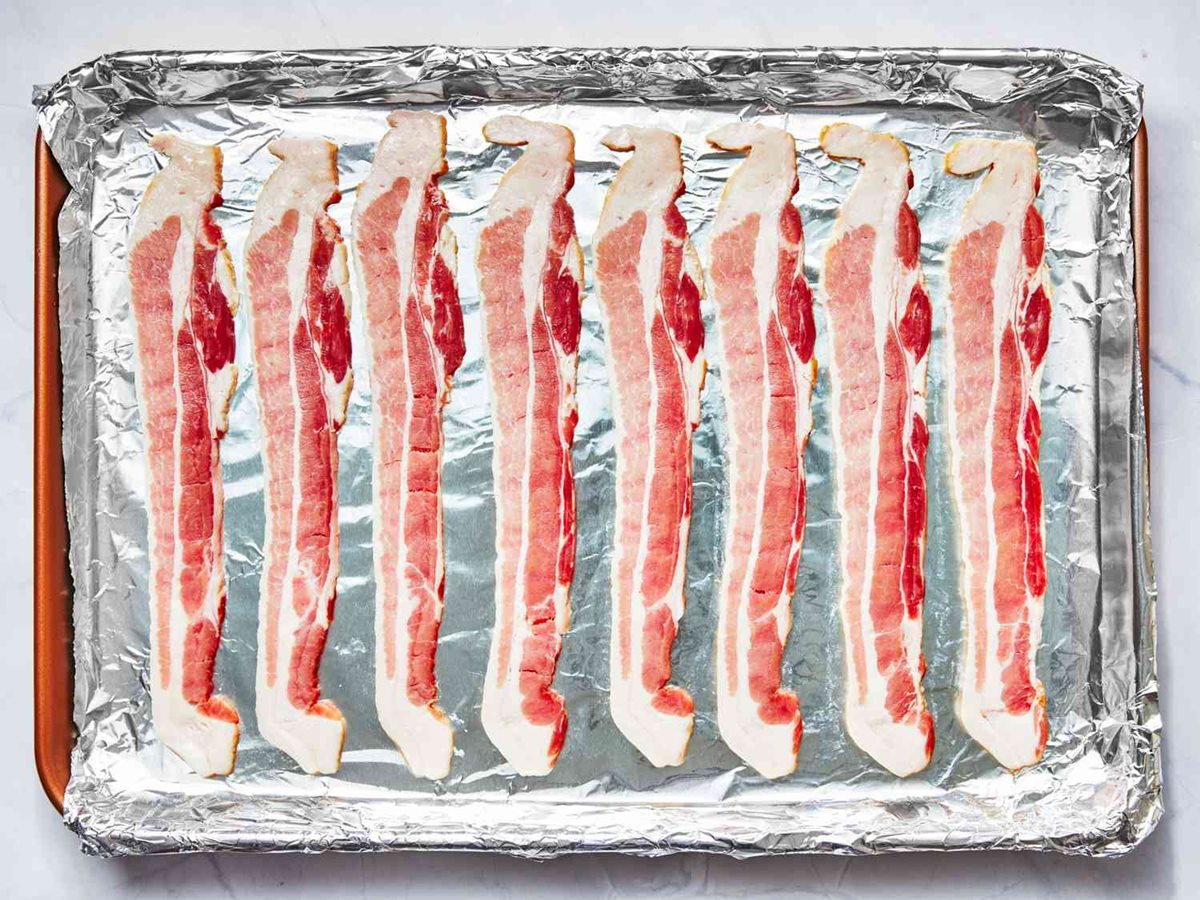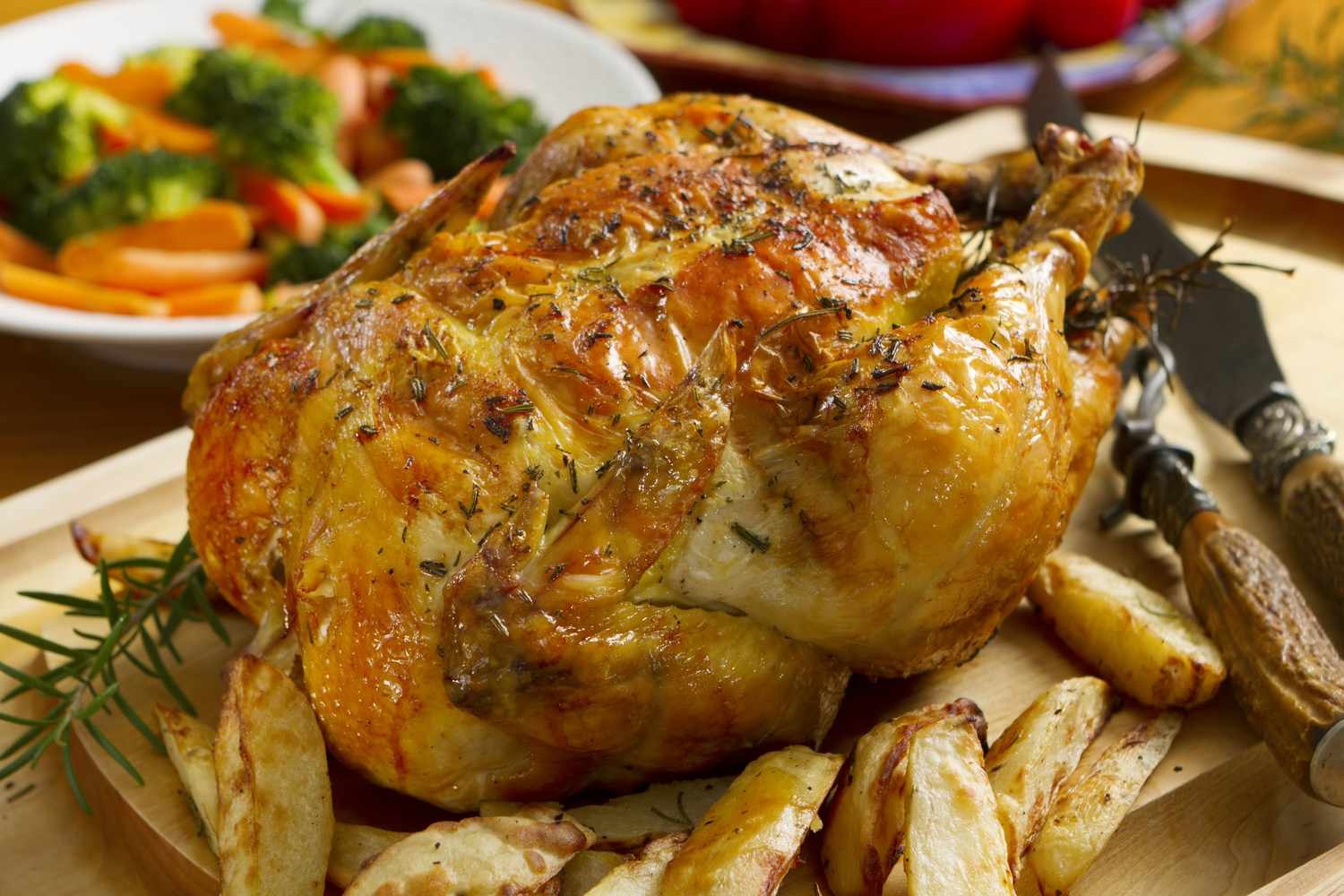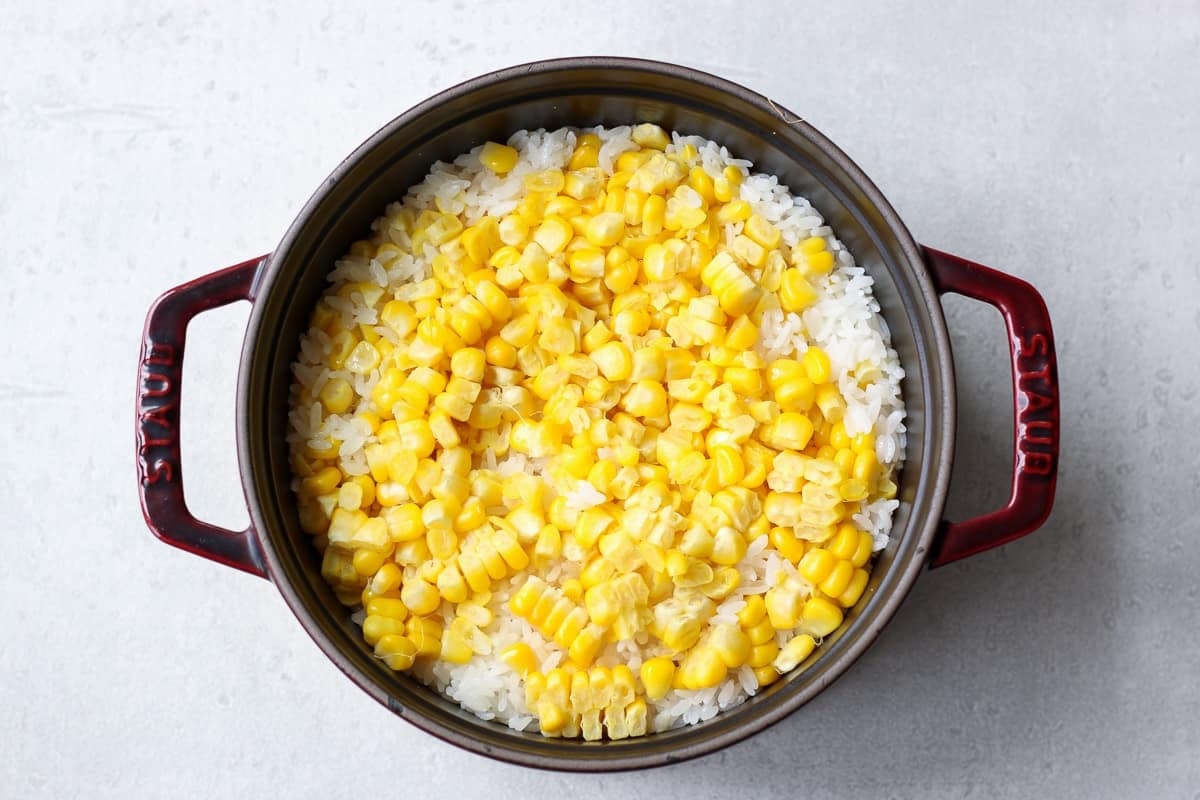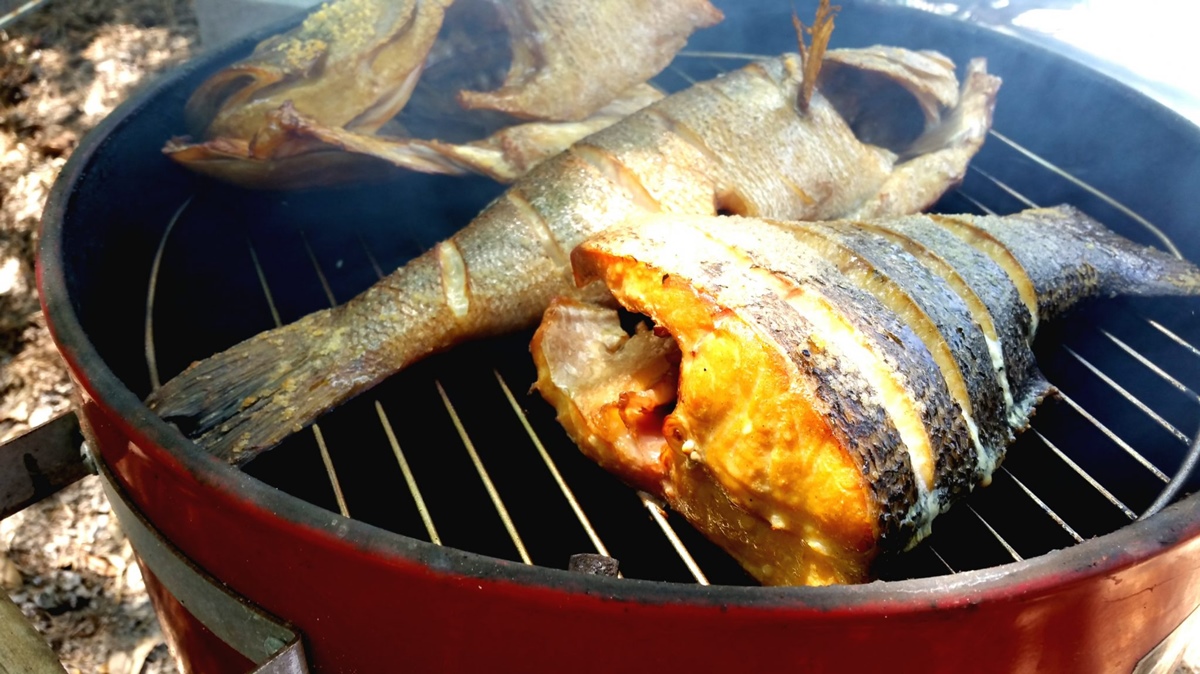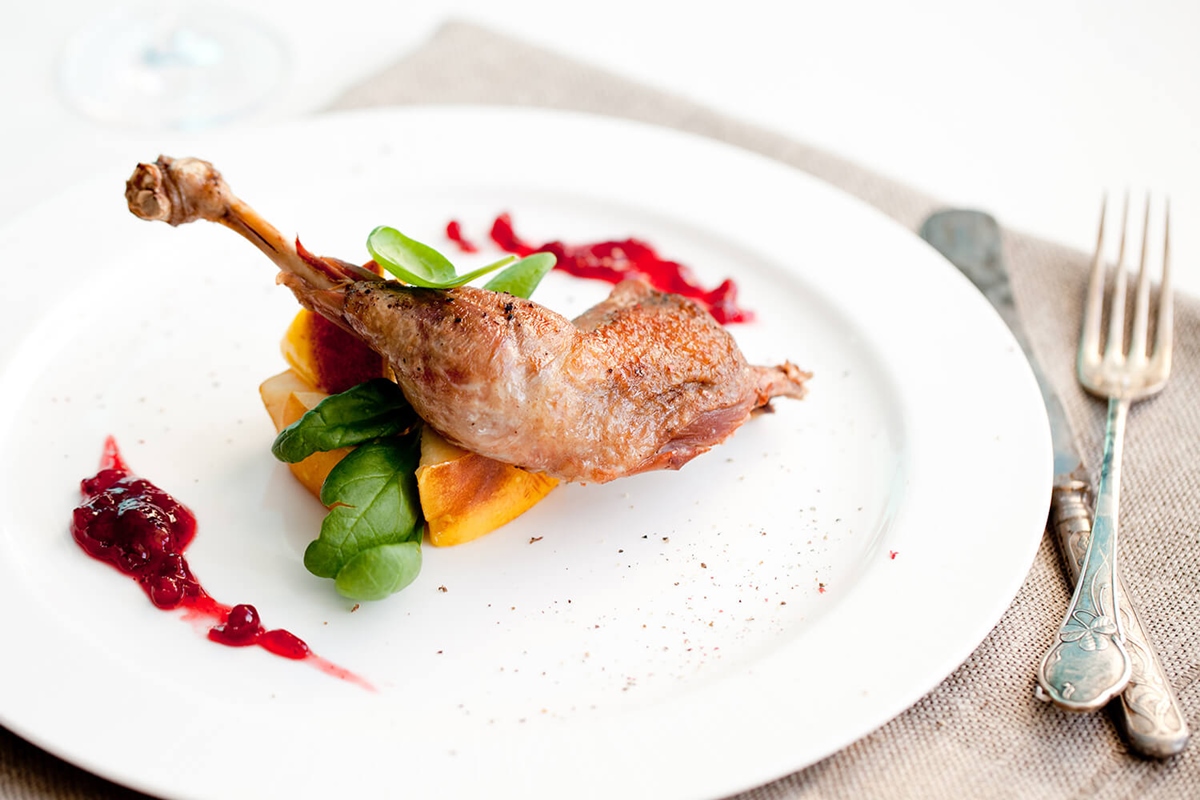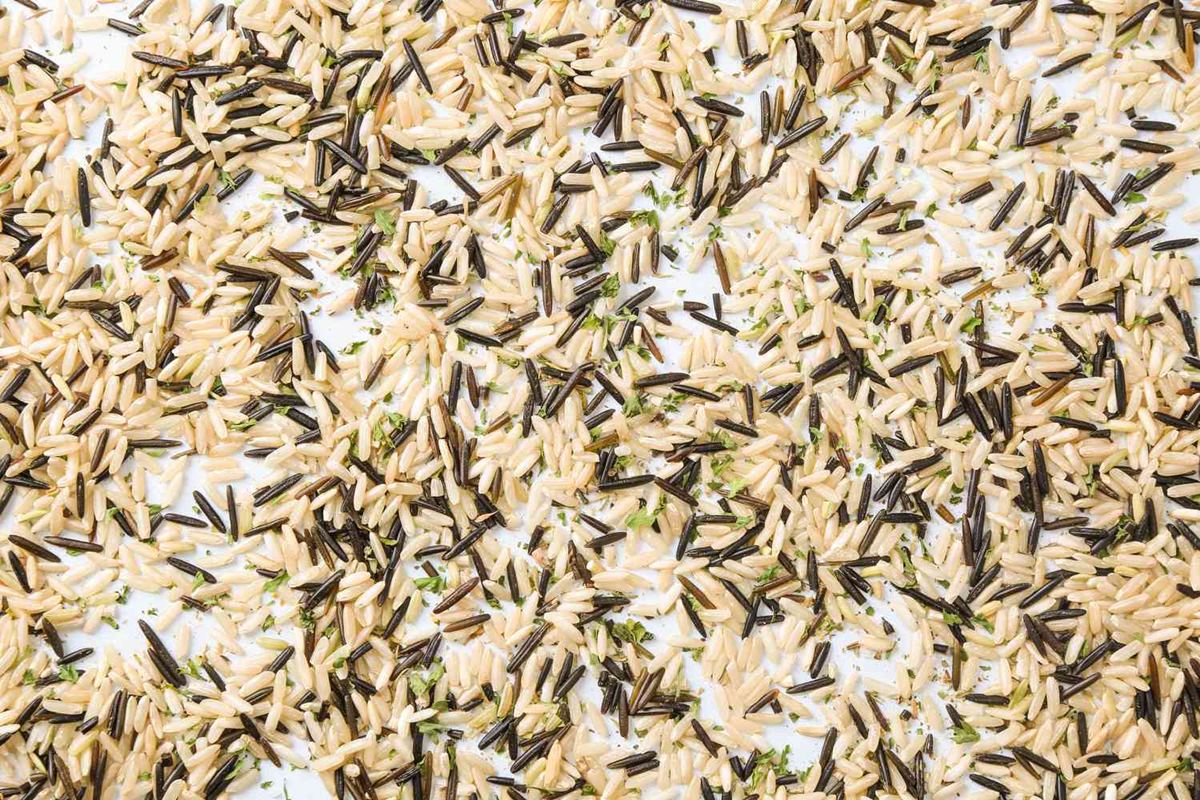Cooking pasta without draining water might sound unconventional, but it's a game-changer for busy home cooks. This method not only saves time but also conserves water and energy. Imagine simmering your favorite pasta directly in a flavorful sauce or broth, allowing each noodle to absorb all those delicious tastes right from the start. No more waiting for a huge pot of water to boil, no more steamy kitchen from draining hot pasta. Ready to simplify your pasta nights with a technique that infuses your dish with extra flavor and makes cleanup a breeze? Let's dive into how this clever kitchen hack works.
Essential Ingredients for No-Drain Pasta
- Pasta (any shape)
- Water (enough to cover pasta in pot)
- Salt (to taste)
- Olive oil (1 tablespoon)
- Optional: Fresh herbs (basil, parsley) for garnish
Must-Have Kitchen Tools for Effortless Pasta
- Large skillet or frying pan
- Wooden spoon or spatula
- Measuring cups
- Liquid measuring cup
- Kitchen timer
Cook pasta without draining by using the absorption method. Measure water precisely so pasta absorbs it all. Stir frequently to prevent sticking, ensuring perfectly cooked pasta every time.
The Genius Behind the No-Drain Pasta Method
Cooking pasta without draining water is a time-saving technique that also enhances flavor. Absorbing cooking liquid, pasta releases starch, thickening the sauce for a richer, creamier texture. This method conserves water and energy, aligning with eco-friendly kitchen practices.
Opting for this approach simplifies cleanup, reducing the number of pots needed. It's a practical solution for busy cooks seeking efficiency without sacrificing taste or environmental responsibility.
Your Ultimate Guide to Cooking Pasta Without Draining
-
Choose the right pasta: Select short pasta varieties like penne, fusilli, or macaroni for best results. These shapes cook evenly and absorb flavors well.
-
Measure water accurately: For every 100 grams of pasta, use approximately 1.5 cups of water. This ratio ensures pasta cooks without needing extra water to drain.
-
Use a wide pan: Opt for a wide skillet or pan. This shape allows pasta to spread out and cook evenly, reducing the need for stirring and preventing sticking.
-
Add pasta and cold water: Place pasta in the pan and pour cold water over it, making sure water covers pasta completely. Starting with cold water helps pasta cook evenly.
-
Season the water: Generously salt the water. Consider adding spices or herbs like garlic powder, chili flakes, or dried basil for extra flavor.
-
Turn up the heat: Set your stove to high heat until water reaches a rolling boil. Then, reduce to a simmer. This method helps pasta to absorb water gradually, enhancing texture and flavor.
-
Stir occasionally: Gently stir pasta every few minutes to prevent it from sticking to the pan or clumping together. This step is crucial for even cooking.
-
Check pasta frequently: Start tasting pasta a few minutes before the estimated cooking time. Look for a firm yet tender texture, also known as al dente.
-
Reserve some pasta water: Before pasta is fully cooked, scoop out a cup of pasta water and set aside. This starchy water can be used to adjust the consistency of sauces.
-
Add sauce directly to the pan: Once pasta is al dente, reduce heat and add your sauce directly to the pan. The starch in the remaining water helps sauces cling to pasta beautifully.
-
Adjust sauce consistency: If sauce is too thick, add reserved pasta water a little at a time until desired consistency is reached. This step also helps to evenly distribute the sauce.
-
Serve immediately: Dish out pasta right after cooking. Serving hot ensures maximum flavor and the best texture.
By following these steps, you can cook pasta perfectly without the need to drain water, making for a quicker cleanup and a deliciously cohesive dish.
Mastering No-Drain Pasta
Cooking pasta without draining water is a game-changer. Not only does it save time and simplify cleanup, but it also enhances the flavor of your dish. By allowing pasta to absorb water and starches directly in the pot, you create a richer, more cohesive sauce. Remember, key to success lies in measuring water precisely and choosing the right pasta. Stirring occasionally prevents sticking, ensuring perfectly cooked pasta every time. Embrace this method for a more efficient and delicious approach to pasta nights. Give it a try, and you'll wonder why you ever bothered with the colander. Cooking pasta this way isn't just a technique; it's a revelation that transforms the humble pasta dish into something truly special.
Explore More: Recipes and Creative Uses
Having mastered the technique of cooking pasta without draining water, you're now poised to explore an array of delightful recipes that utilize this method. Among the recommended dishes is the One-Pot Creamy Tomato Basil Pasta, a simple yet flavorful option that highlights the fresh taste of basil and tomato. For those who enjoy a bit of zest, the One-Pot Spicy Sausage and Tomato Rigatoni offers a robust flavor profile that's sure to satisfy. If you're leaning towards a lighter dish, the Skillet Lemon Parmesan Chicken Pasta combines the tangy zest of lemon with the rich taste of Parmesan, making it an irresistible choice. Each recipe is designed to simplify cooking processes and enhance your meal with rich, integrated flavors.
All Your Questions Answered About No-Drain Pasta
Can you really cook pasta without draining water?
Absolutely! Cooking pasta without draining water is not only possible but also saves time and keeps your kitchen cooler. This method involves using just enough liquid to cook the pasta directly in the sauce or with a minimal amount of water that gets fully absorbed.
What kind of pasta works best for this method?
Short shapes like penne, fusilli, or macaroni are ideal since they're easier to stir and ensure even cooking. However, with a bit of practice, you can use this technique with spaghetti or fettuccine, just make sure to stir frequently to prevent sticking.
How much water do I need to use?
Start with just enough to cover your pasta. For most dishes, beginning with about 1.5 to 2 cups of water for every 8 ounces of pasta does the trick. Remember, you can always add more water if needed, but you can't take it out if you've added too much.
Do I need to adjust the cooking time?
Yes, cooking times may vary slightly from the package instructions. Keep an eye on your pasta and taste test it near the end of the suggested cooking time. It's ready when it's al dente, or firm to the bite.
Can I still season my pasta as usual?
Definitely! Add salt to your water or sauce before adding the pasta. Feel free to toss in herbs and spices to infuse your dish with flavor as it cooks. This method actually enhances the pasta's ability to absorb seasonings.
What are the benefits of cooking pasta this way?
This technique saves water, energy, and time. It also enhances the flavor of your pasta by cooking it directly in the sauce, allowing it to absorb all those delicious tastes. Plus, fewer pots to wash means an easier cleanup.
Can I use this method with gluten-free pasta?
Yes, but keep in mind that gluten-free pasta often has a different texture and cooking time than traditional wheat pasta. You might need to experiment a bit with water amounts and cooking times to get it just right.
